Shelf offerings are an important financial mechanism that allows companies to raise capital in a flexible and efficient manner. This financial tool is especially significant in the world of investment, where corporations frequently seek to secure funding for various purposes, from expansion and research to debt repayment and acquisitions. In this article, we will explore what a shelf offering is, how it works, its advantages, and its implications in the context of investment and corporate finance.
Defining a Shelf Offering:
A shelf offering, also known as a shelf registration or shelf prospectus, is a process that allows a corporation to register a substantial amount of securities with regulatory authorities (such as the U.S. Securities and Exchange Commission in the United States) in advance, and then offer those securities to the public or institutional investors over a specified period, often up to three years. The term "shelf" metaphorically refers to the securities being placed "on the shelf" for future use.
How Shelf Offerings Work:
The process of a shelf offering typically unfolds as follows:
1. Registration: The company prepares a registration statement that includes detailed information about the securities it intends to offer. This statement is filed with the relevant regulatory authority and becomes effective once approved.
2. Flexibility: After the registration becomes effective, the company has the flexibility to issue the securities when it deems most advantageous, based on market conditions and capital needs. The company can choose the timing and size of each issuance.
3. Speed: Shelf offerings allow companies to respond swiftly to market opportunities or capital needs. When conditions are favorable, the company can access the capital markets quickly.
4. Offering Documents: When the company decides to issue the securities, it files a prospectus supplement that provides specific details about the terms of the offering, including the offering price and the number of shares to be issued.
5. Investor Subscription: Investors interested in purchasing the securities submit their orders through their brokerage firms or financial institutions, just like in a traditional securities offering.
Advantages of Shelf Offerings:
Shelf offerings offer several advantages to companies and investors:
1. Flexibility: Companies can adapt to changing market conditions and seize favorable opportunities without going through the lengthy registration process each time.
2. Cost Efficiency: Shelf offerings can be more cost-effective than traditional public offerings, as they eliminate the need for repeated regulatory filings and associated fees.
3. Reduced Timing Risk: Shelf offerings reduce the timing risk associated with traditional offerings, where market conditions may change during the approval process.
4. Access to Capital: Companies can raise capital quickly to fund various initiatives, including growth strategies, debt refinancing, or acquisitions.
Implications in Investment:
Shelf offerings have notable implications for investors and investment strategies:
1. Market Impact: The announcement of a shelf offering can affect a company's stock price, potentially leading to short-term volatility. Investors should monitor such announcements for potential buying or selling opportunities.
2. Dilution Risk: Investors should be aware of potential dilution resulting from the issuance of new securities in shelf offerings, which can impact the value of existing shares.
3. Company Strategy: A company's decision to use a shelf offering can provide insights into its capital management strategy and growth plans, which can inform investment decisions.
4. Risk Assessment: Analysts and investors should assess the company's financial health and the intended use of the proceeds from the offering to evaluate the potential impact on its long-term prospects.
In conclusion, shelf offerings are a valuable tool that enables companies to raise capital efficiently and respond to changing market conditions. For investors, these offerings provide insights into a company's financial strategy and can impact stock prices and investment decisions. Understanding how shelf offerings work and their implications is essential for investors seeking to navigate the complexities of the investment landscape and make informed choices in an ever-evolving market.

